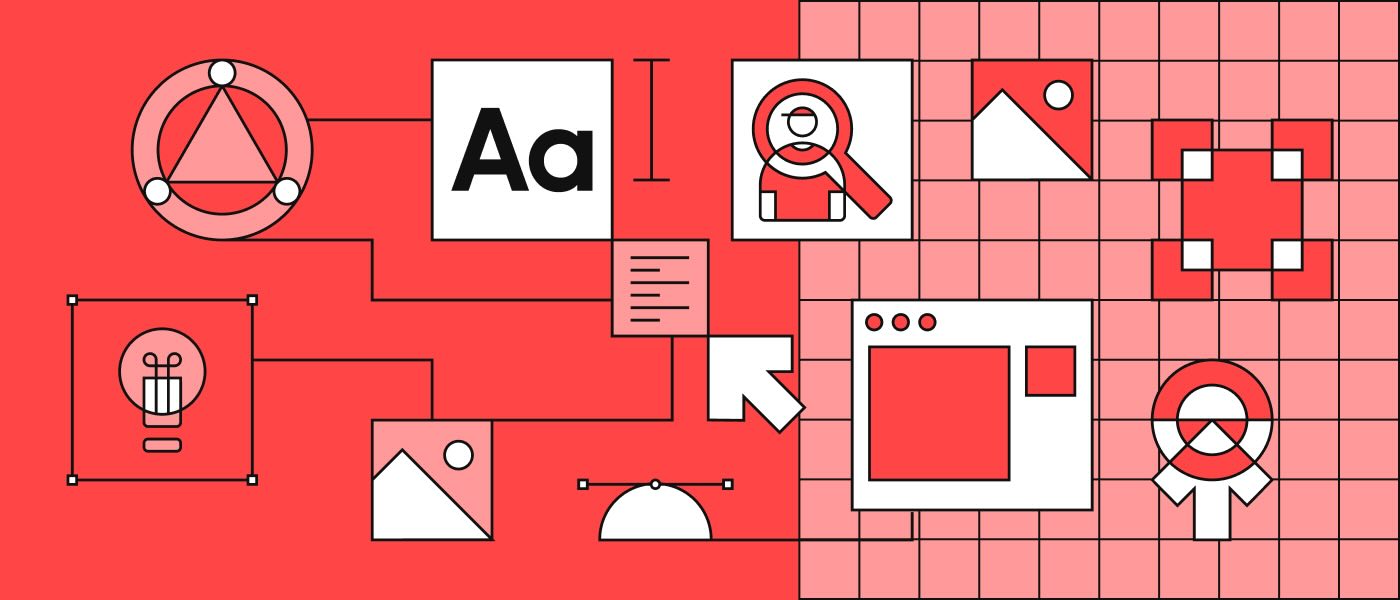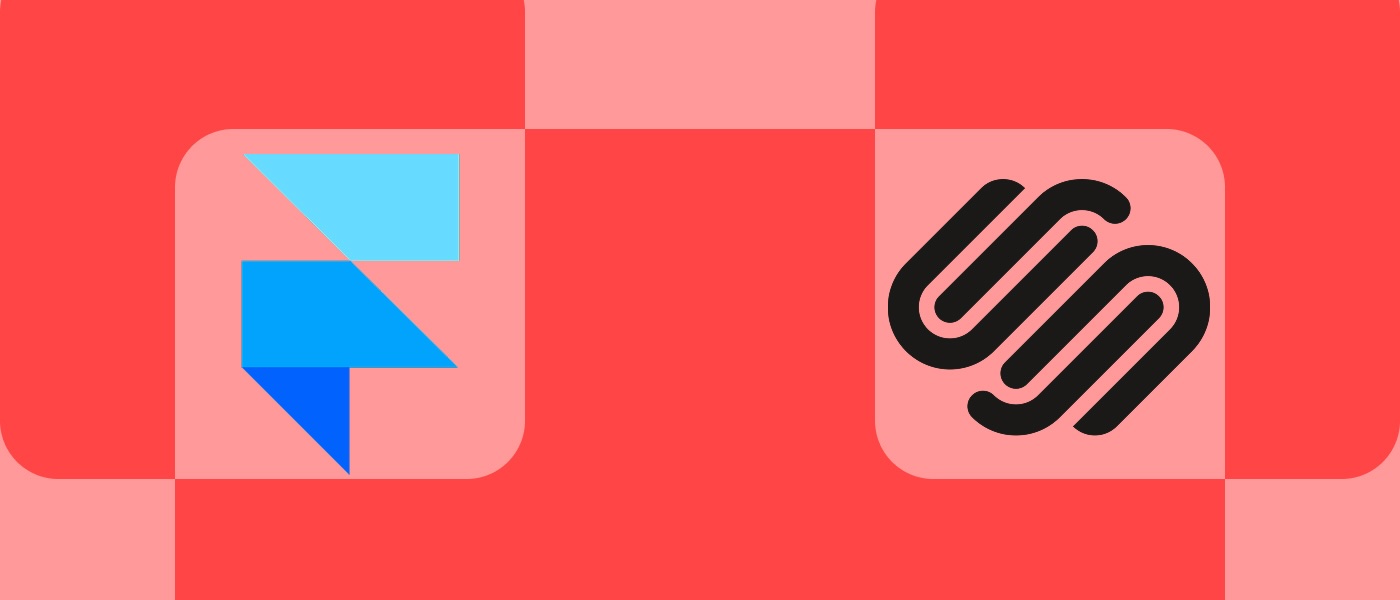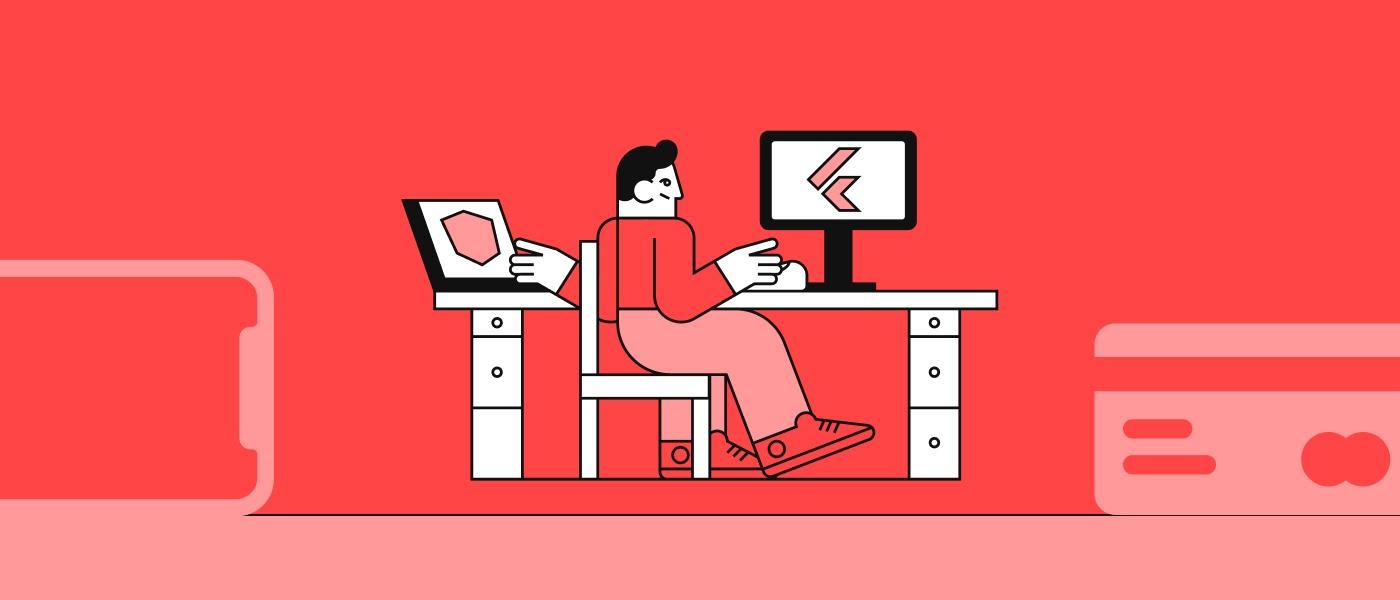Method and creativity in the design process

In this blog post we would like to give you a sneak peek of the creative process and design methodologies. Read our post for interesting stories of famous designers too.
What is design thinking? What separates design from art? Is there any difference at all? What makes one a great designer? In this blog post we are going to answer these questions but in the meantime we also would like to provide you with some interesting stories of well-known designers who also tackled these issues. So if you are a designer, thinking about becoming one or just simply would like to understand the creative process and the right methodologies better, then you are at the right place!
Over the past few years there were lots of talk and discussion about design thinking and design process and how we should measure and analyse them. The main reason for that is that design is usually a service, which is meant to satisfy the needs of the client therefore companies tend to put more emphasis on this process in order to increase efficiency. It is also important to distinguish design from art. While art often serves self-expression purposes, design is meant to answer specific problems and questions.
Milton Glaser, one of the most influential graphic designers of the 20th century (he passed away last year on his 91st birthday) stated that in order to become a great designer one needs to obtain several skills and the ability to observe the world and the surroundings in a creative way. According to Glaser, forming ideas consists of many components, such as constructive play, creating connections and of course, hard work. Although he also says that you cannot force yourself to be creative. For instance, he shared that his idea for the “I Love New York” logo came suddenly, while he was traveling in the backseat of a taxi.

Subsequently, he has no “designated working hours” and because of this, he developed a “receptive mind” so the ideas can flow all the time, even when he is doing something absolutely unrelated to design.
One common mistake that designers tend to make is that they sit down next to their computers and start to work on the project as soon as they get the task. The problem with this method is that by starting with drawing, ideas can be quickly discarded or changed or concretised. Designers should find a balance between rational analysis and intuitive ideas. It’s nice to know that you can clarify your concept or idea if you are thinking and visualising at the same time because new ideas can be created while doing so.

On the other hand, patterns, structures, meanings and organisation are essential tools for a designer’s work. Adrian Frutiger, a great Swiss typeface designer (who also passed away a few years ago) did an experiment focusing on people’s sense of seeing and creating. In this experiment, Frutiger asked the subjects to draw 16 dots in an empty square randomly. The experiment showed that people couldn’t draw the 16 points in a fully random pattern because there was always some kind of structure in it. Therefore, at the end of the experiment Frutiger concluded that the creation of order is easier than the creation of disorder.

In a different experiment he switched the position of the dots on a normal die and observed that it induced arousal and irritation in the subjects, indicating that the visible surface informs people before the actual values. In this case a little discrepancy from the conventional standards created uncertainty, even though the value and information did not change. It is also the designers’ job to create not only the visible effects such as colours, shapes, etc., but the invisible ones too, such as structure.
Interesting fact that until the Era of Enlightenment, science and art were close relatives. They were separated only in the 19th century when people started to view science as an objective matter, while art was more subjective. Then a new form of communication emerged – „applied arts”, such as graphic design. Over the years, the book „Design Thinking” claims to have deciphered the essence of the design process: „While creativity in design is important, design is an activity that serves economic as well as creative goals. The design process helps ensure that a design satisfies all such considerations.”

Design thinking is not creativity – it is the objective data gathering and the iteration of products until they live up to that date. Objectiveness is important for design, but not for being creative. While synergy and a method are important for a designer, it’s possible they only generate efficiency and do not necessarily live up to the desired creative scope. It is easy to rely on data-driven decisions, but overreliance causes failure for hard-to-measure objectives – instinct is built upon years of experience, which is technically data in our own minds.
Also, as designers work on a project, they gain new knowledge along the way, which takes time. Hard tasks might seem easy sometimes, while easy ones might keep you up at night. Designers are required to create „something new” – which is hard for a client to grasp, as they only know and refer to what they perceive subconsciously. It is therefore up to the designer to add new forms of communication to the canon, and this is needed because the development of the world confronts us with challenges that can often not be met by conventional means.
„New” arises when one includes intuition and chance in addition to rational analysis. Peter Kruse psychologist coined the term „indirect spaces of possibility” when he spoke of the conditions for creativity. We are not able to be creative on demand (the order „be creative” is a paradox) – creativity can only develop within systematic framework conditions. New things arise from contradiction, not harmony.
„Soft” factors such as intuition are difficult to calculate, which is why the method is often preferred. The promise of a method sounds scientific and objective, but often we need to change course during the project, because we get smarter – and that sounds expensive to the client, so the pitch is accompanied by a method. Here is an example of method and creativity about &Walsh, whose identity for health food brand Plenty was inspired by McDonald’s:
The company briefed &Walsh to create a more welcoming, accessible identity that felt “flavorful and delicious” and so, keen to veer away from the tropes of health brands, Walsh instead looked to their counterparts. “Fast food companies – McDonald’s, Wendy’s, etc. – often use red and yellow colors, which have been shown to make people feel comfortable and hungry. So why not use this approach for healthy foods, make healthy food ‘crave-able’? Distinctively devoid of green, except the crisp photography of the salad leaves themselves, the brand uses a vivid pairing of red and yellow with secondary colors of purple and orange to pop out on shelves. “The competition all looks the same, so it was very easy to make something ownable that stands out,” tells Walsh to the site It’s Nice That.

So how to continue as a designer? First, question your patterns of behavior and reception, then look for models outside your cultural sphere. Then do what you normally wouldn’t in your designs, and don’t be afraid to experiment!
We hope that you found this blog post useful! Do not hesitate to follow us, so you won’t miss interesting stories in the future either.
This article wouldn't have been created without the great help of Tamara Dózsa & Bence Siklós
Sources:
Design thinking cycle and its focal points
Design Thinking Methodology book















